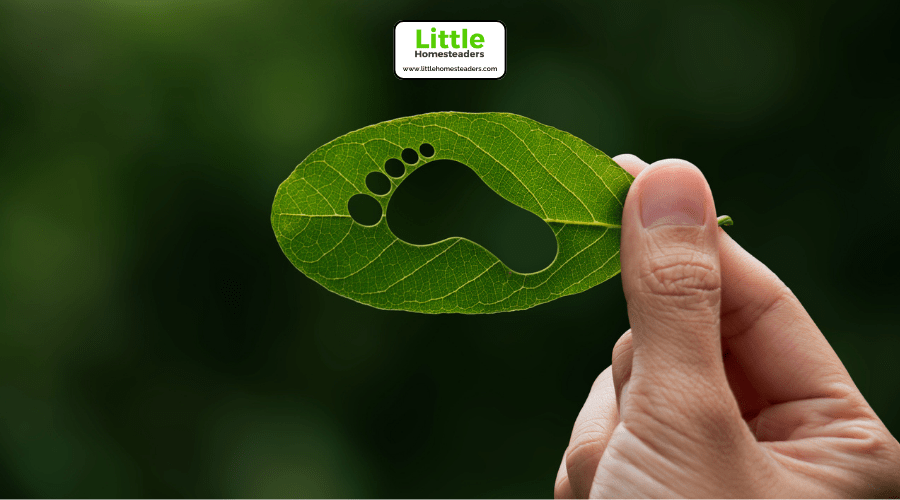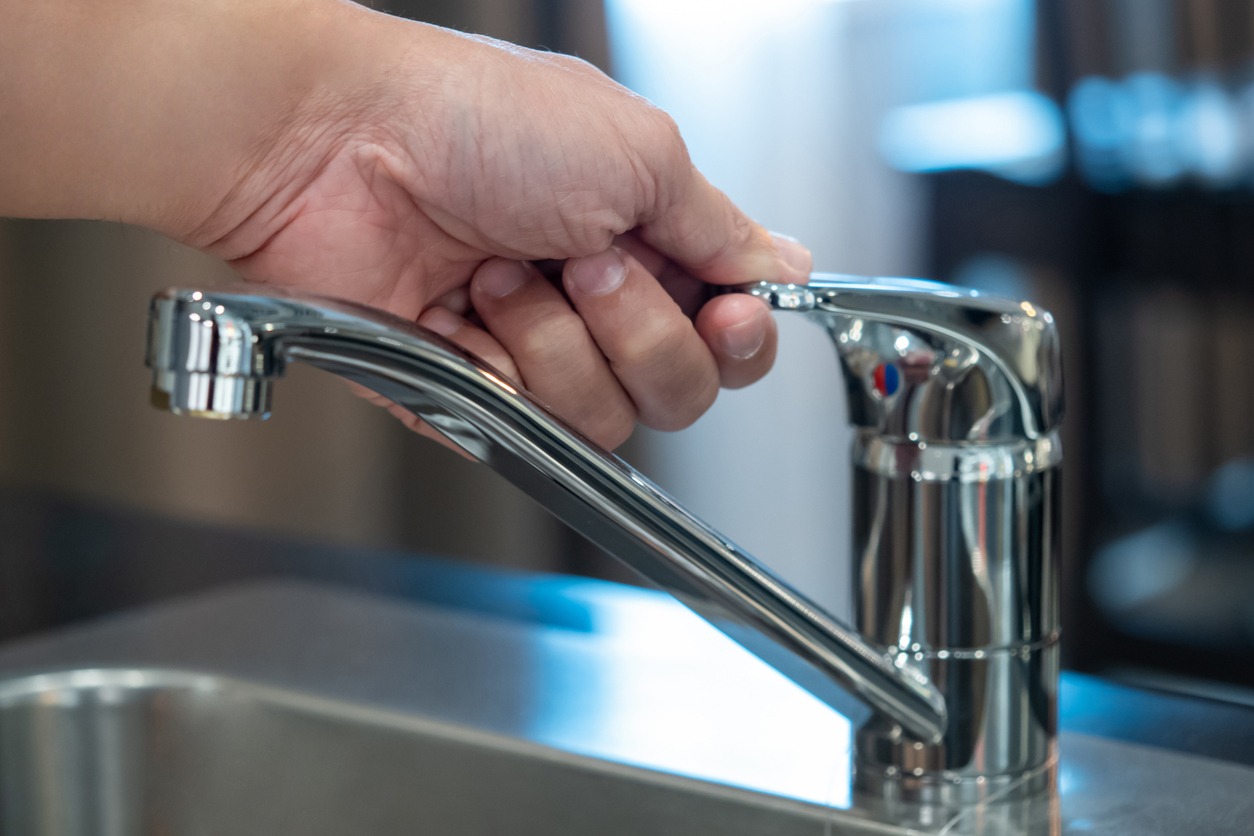Essential Tips for Sustainable Living on a Homestead
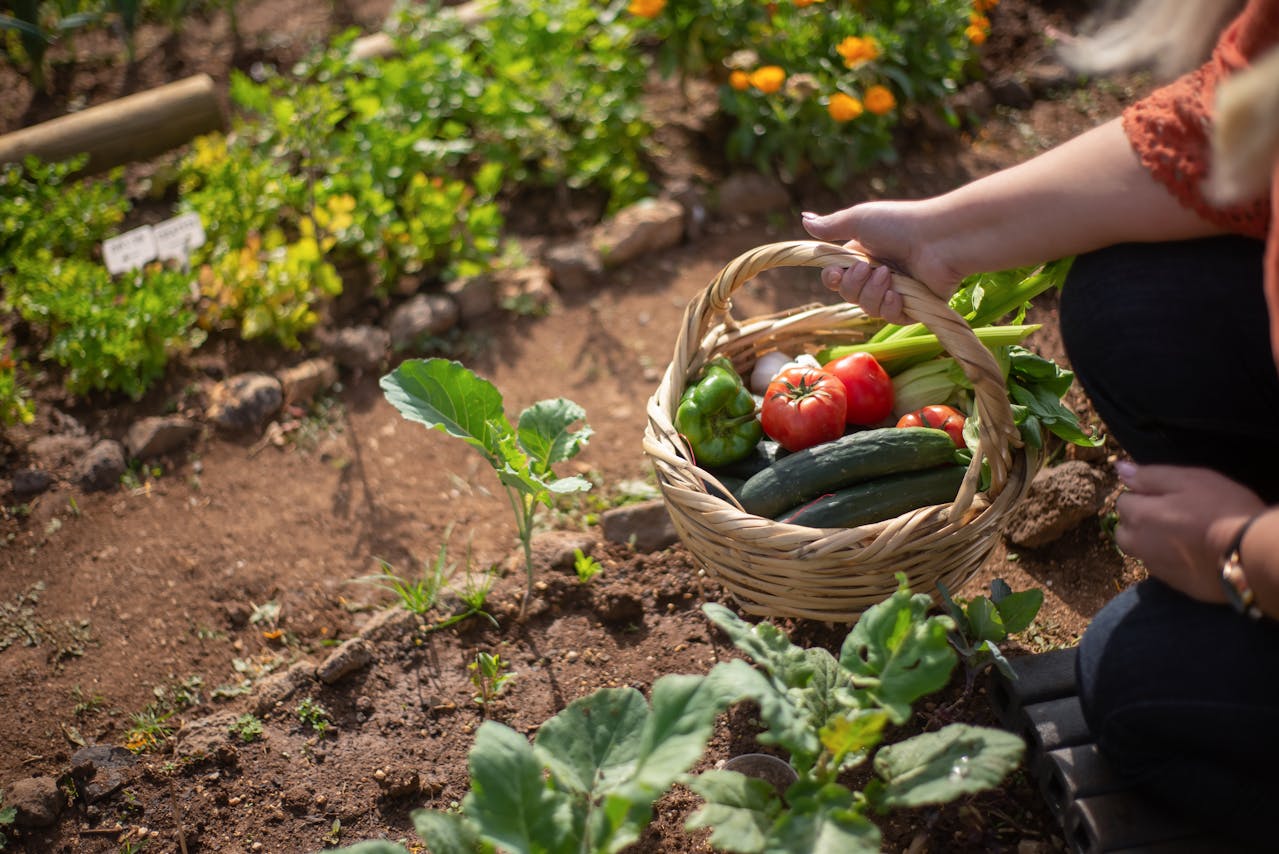
Sustainable living on a homestead is more than just a lifestyle—it's a commitment to self-reliance, environmental care, and meaningful connections with your community. It’s about reducing waste, making the most of what you have, and fostering a deep respect for the land that sustains you. Whether you're a beginner or a seasoned homesteader, this guide will walk you through practical ways to create a thriving, eco-friendly homestead.
Start Small, Learn Gradually
When starting your homesteading journey, it’s easy to feel overwhelmed by the sheer number of things to learn and do. That’s why it’s so important to begin with small, manageable projects and grow from there. A good place to start is with a vegetable garden. Growing your own food not only provides fresh produce for your family but also helps you understand the basics of soil health, plant care, and seasonal cycles.
If you’re new to gardening, consider starting with hardy crops like lettuce, radishes, and beans. These plants grow quickly and are relatively easy to care for, giving you an early sense of accomplishment. As you become more confident, you can expand to include more complex crops like tomatoes, peppers, and squash.
Adding a compost system is another simple yet impactful step. Composting transforms kitchen scraps and yard waste into nutrient-rich material for your garden, reducing waste and improving soil fertility. Once you’re comfortable managing a garden and composting, you might introduce a small flock of chickens. Chickens provide eggs, natural pest control, and even fertilizer for your garden, making them a valuable addition to your homestead.
Take your time with each new venture. Learning through experience—and occasional failure—is part of the process. Make adjustments as needed, and don’t be afraid to seek advice from books, online forums, or experienced homesteaders in your area.
Embrace Thrift and Resourcefulness
Homesteading and thriftiness go hand in hand. One of the best ways to minimize costs and environmental impact is to repurpose materials and get creative with what you already have. Old pallets, for example, can be turned into raised garden beds, fences, or storage bins. Glass jars can be reused for canning, storing seeds, or even as lanterns for your outdoor spaces.
When it comes to equipment, consider buying second-hand tools or borrowing from neighbors instead of purchasing brand-new items. This not only saves money but also reduces the environmental cost of producing and transporting new goods. Many communities have tool libraries or swap events where you can borrow or trade items you need.
Water conservation is another critical aspect of resourcefulness. Rainwater harvesting is a simple yet effective way to collect water for your garden or livestock. Install gutters on your roof that direct rain into barrels or tanks. For irrigation, drip systems or soaker hoses can ensure your plants get the water they need without waste.
Supporting local businesses and sourcing materials close to home can further enhance your sustainability. Buying locally reduces transportation emissions and supports your community’s economy, creating a win-win situation for you and your neighbors.
Cultivate Practical Simplicity
Simplicity might sound basic, but it’s a cornerstone of sustainable homesteading. A well-organized, thoughtfully designed homestead can save you time, energy, and frustration. Start by planning the layout of your space. Think about how you’ll move between areas—your garden, chicken coop, compost bin, and storage sheds—and arrange these elements to minimize the effort required.
When building structures, prioritize designs that maximize natural resources. Greenhouses and coops, for instance, can be oriented to capture sunlight, reducing the need for artificial lighting or heating. Use reclaimed or sustainably sourced materials whenever possible to reduce costs and environmental impact.
Incorporate native plants into your landscaping. Native species are adapted to your region’s climate and require less water, fertilizer, and pest control. They also provide habitat for local wildlife, such as pollinators and birds, which contribute to a healthy ecosystem.
Minimizing single-use products is another way to simplify your homestead. Swap paper towels for reusable cloths, use durable containers instead of plastic wrap, and opt for metal tools that can be sharpened and repaired rather than replaced.
Generate Sustainable Income
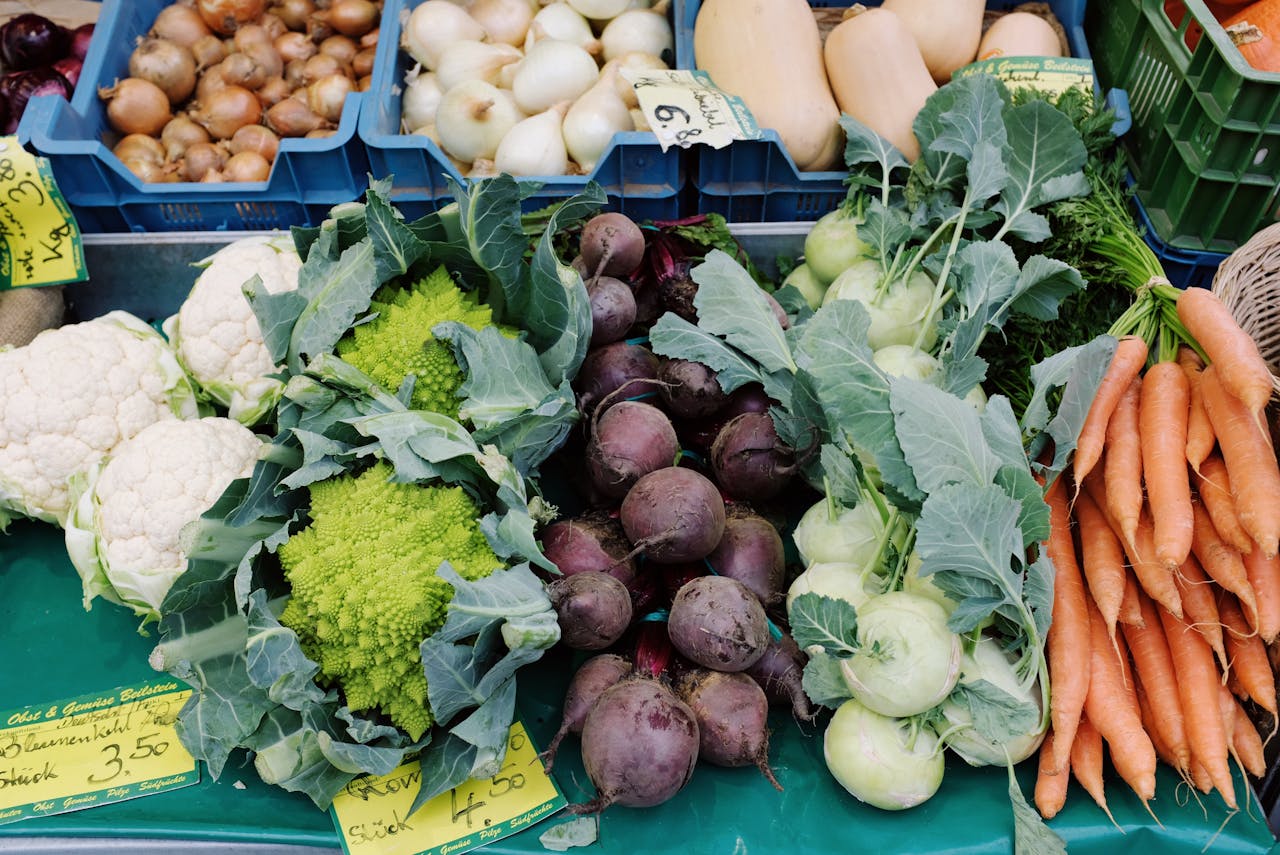
Many homesteaders dream of turning their passion into a source of income. One way to do this is by selling your produce, eggs, or handmade goods at local farmers markets. These markets allow you to connect directly with your community and showcase the value of your homesteading practices.
To stand out, consider growing niche products like heirloom vegetables, medicinal herbs, or exotic mushrooms. These items often fetch higher prices and appeal to customers seeking unique or specialty goods. Value-added products, such as jams, pickles, or herbal teas, can further increase your earning potential.
Teaching workshops is another excellent way to generate income while sharing your knowledge. Topics like composting, natural pest control, or food preservation are always in demand. Not only will you earn money, but you’ll also help others embrace sustainable practices.
Social media can be a powerful tool for promoting your homestead business. Share your journey, post tips and recipes, and engage with your audience to build a loyal following. Online sales platforms can also help you reach customers beyond your local area.
Harness Renewable Energy Sources
Integrating renewable energy into your homestead is one of the most impactful steps you can take toward sustainability. Solar panels are a popular choice for generating clean electricity. While the upfront cost can be significant, government incentives and long-term energy savings often make solar a worthwhile investment.
In areas with consistent wind, small wind turbines can supplement your energy needs. These systems are especially useful for powering pumps, lights, and other equipment in remote parts of your property.
Geothermal systems, which use the earth’s stable underground temperature for heating and cooling, are another option to consider. Though installation can be costly, the energy savings and year-round efficiency make geothermal an attractive choice for long-term homesteaders.
For smaller-scale energy solutions, think about installing a solar water heater or a biogas digester. Biogas systems turn organic waste into fuel for cooking or heating, reducing both waste and reliance on external energy sources.
Implement Effective Waste Management
Waste is inevitable on any homestead, but managing it effectively can turn a potential problem into an opportunity. Composting is the most straightforward way to handle organic waste. Whether you use a simple pile or a dedicated compost bin, this process transforms scraps into valuable fertilizer for your garden.
For larger homesteads, a biodigester can be a game-changer. These systems break down organic matter to produce biogas and nutrient-rich slurry. The gas can be used for cooking or heating, while the slurry makes an excellent liquid fertilizer.
Recycling and upcycling are equally important. Paper, glass, and plastics can often be repurposed into useful items, reducing the need to buy new materials. For example, old jars can become food storage containers, and broken tools can be turned into decorative garden art.
Hazardous materials like batteries and paints require special handling to prevent environmental damage. Look for local facilities that accept these items for safe disposal.
Master Organic Gardening Techniques
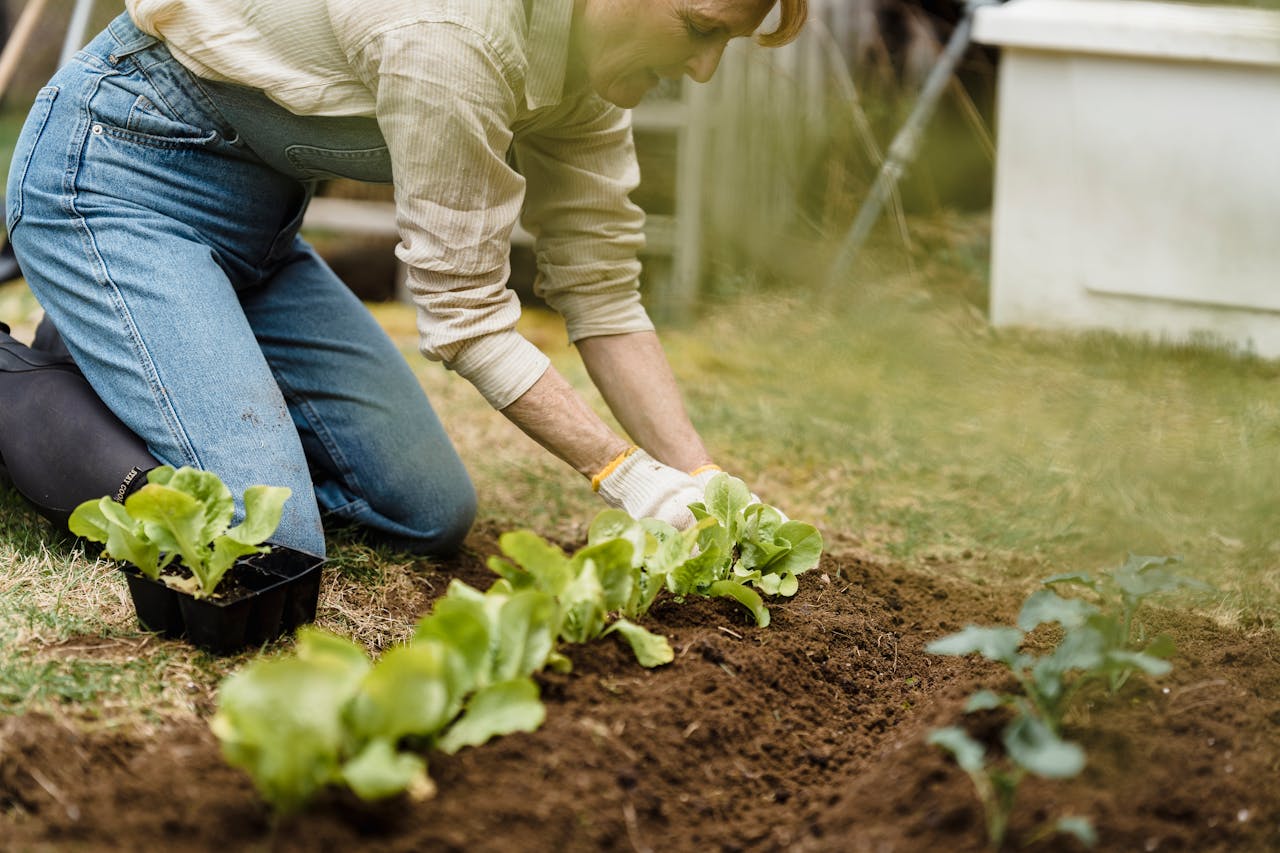
Organic gardening is at the heart of any sustainable homestead. By avoiding synthetic pesticides and fertilizers, you not only protect your soil and water but also create a safer environment for your family and local wildlife.
Companion planting is a natural way to deter pests and boost crop productivity. For example, planting marigolds alongside tomatoes can repel harmful insects. Encouraging beneficial insects, like ladybugs and bees, also helps maintain a balanced ecosystem.
No-till gardening is another valuable practice. By disturbing the soil as little as possible, you preserve its structure, reduce erosion, and promote healthy microbial activity. Combine this with crop rotation to prevent nutrient depletion and reduce the spread of pests and diseases.
Build Strong Community Connections
Homesteading isn’t just about what happens on your land—it’s also about building relationships with others. Farmers markets, skill-sharing events, and work parties are excellent opportunities to connect with like-minded individuals.
By participating in local markets, you can sell your products while learning from other growers and artisans. Skill-sharing workshops are a great way to teach and learn practical skills, from soap-making to fence-building. Organizing work parties can help you tackle large projects while fostering camaraderie and support.
Community ties also play a vital role in resilience. Developing neighborhood plans for emergencies, like natural disasters, ensures everyone is prepared and able to help one another.
Overcoming Challenges and Staying Motivated
Homesteading is a journey, not a sprint. Challenges like poor weather, pests, and time constraints are inevitable, but they’re also opportunities to learn and grow. Take setbacks in stride, and remind yourself why you started this journey in the first place.
Keep track of your progress with a journal or by sharing updates on social media. Celebrating small wins—like your first successful harvest or a new skill mastered—can keep you motivated during tough times.
Conclusion
Living sustainably on a homestead is about balance—between your needs and the environment, between hard work and enjoyment. It’s a journey of growth, learning, and connection. By starting small, embracing resourcefulness, and integrating sustainable practices into your life, you can create a homestead that nourishes both you and the planet.



